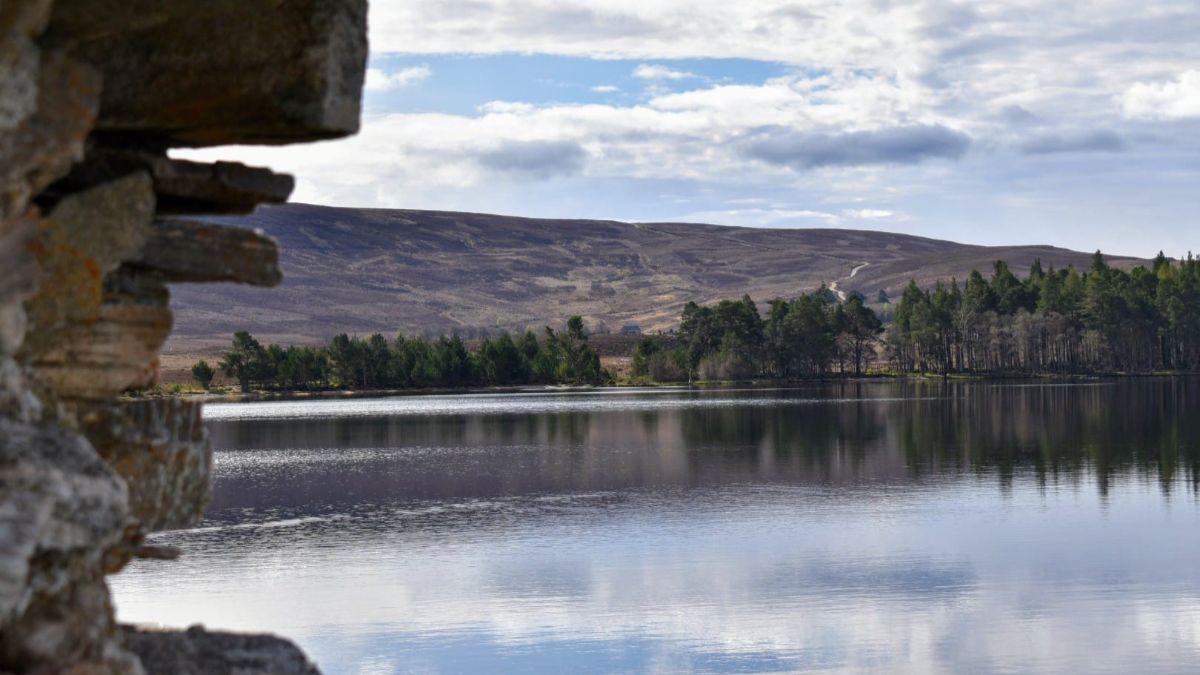A new national survey has found that 96% of people believe Scotland needs further land reform.
Earlier this month, the Scottish Parliament passed the latest Land Reform Bill by a clear majority. It is the third land reform bill since devolution began, underlining the long-standing public demand for change.
Twenty-five years of reform have made progress, and the new bill — soon to receive Royal Assent — takes things forward again. But the wider journey towards a fully reformed system is far from finished.
That message came through strongly in a major survey by the Revive coalition published in October, and again through the Scotland Futures project carried out by the Scottish Land Commission over the past year.
The engagement was one of the most comprehensive since devolution, gathering views from more than 1,200 people — individuals, communities, farmers, landowners, campaigners and others.
From the Borders to Benbecula, from city estates to crofts, one message was unmistakable: Scotland still wants land reform.
And 96% of respondents said so outright.
Many feel that decisions about land have been made far from the communities they affect. They believe too much land — and the power that comes with it — remains concentrated in too few hands. People spoke of young families unable to find sites for homes, small businesses held back by lack of access, and communities excluded from decisions about their own future.
One respondent from Stirlingshire summed it up: “Land is power, and those owning great swathes of it can exert economic, political, social, and environmental influence which may not be to the advantage of local communities.”
The new Land Reform Bill aims to tackle these problems through increased transparency, potential land-sale “lotting” to open up opportunities, and a requirement for large-scale landowners to produce public land-management plans. But the public is clear: more change is needed.
People want a complete and accessible Land Register. They want major landowners to live near, and engage with, the communities their decisions affect — as many good landowners already do. They want derelict sites brought back into productive use. Above all, they want land to be part of the solution to Scotland’s biggest issues: the housing crisis, the climate emergency, and declining local economies.
As one East Dunbartonshire resident put it: “Communities shouldn’t need to use the grapevine to find out who owns land that directly affects community aspirations and people’s quality of life.”
For many, land is tied to identity and belonging. The Gaelic concept of dùthchas — a reciprocal relationship between people and the land — still rings true.
Land reform, past and present, has always been about fairness, democracy, and making sure that Scotland’s land — its most basic asset — serves the public interest.
Some critics argue that further reform risks instability or deters investment. But real stability comes from clarity, shared purpose and long-term confidence — not from clinging to outdated ownership patterns rooted in the past.
Reform has never been a one-off event. The new bill recognises this by including a statutory review of its effectiveness. It is part of a living system that will continue to evolve.
We are moving, but not fast enough for many. People want to see visible change from this bill and from whatever comes next.
As one Highland resident wrote: “Action, action, action. Not more consultation.”
Scotland now has a chance to build a more democratic approach to land — and unlock the opportunities and prosperity it offers. Land should help us confront our biggest challenges and strengthen confidence in our shared future.
This new Land Reform Bill is not a conclusion. It is the start of the next chapter — one driven by the people of Scotland.

